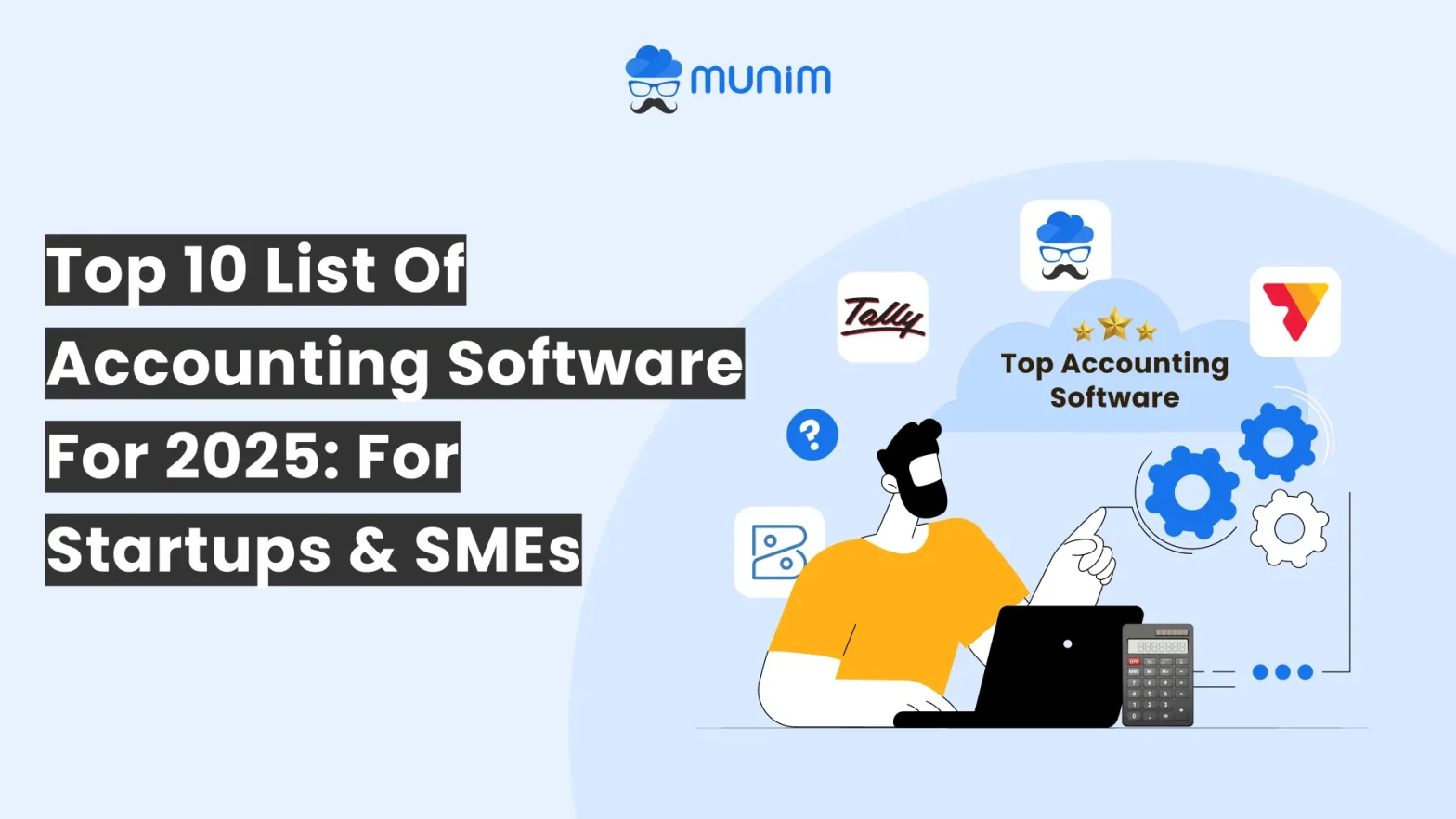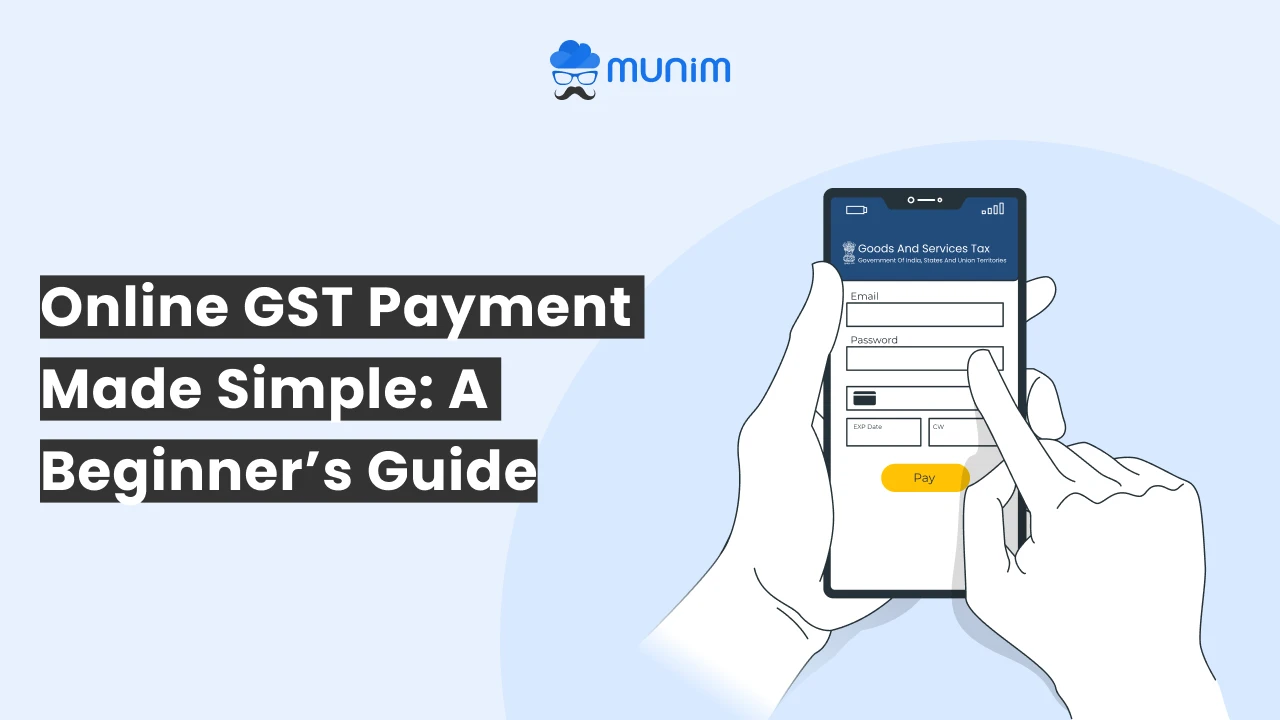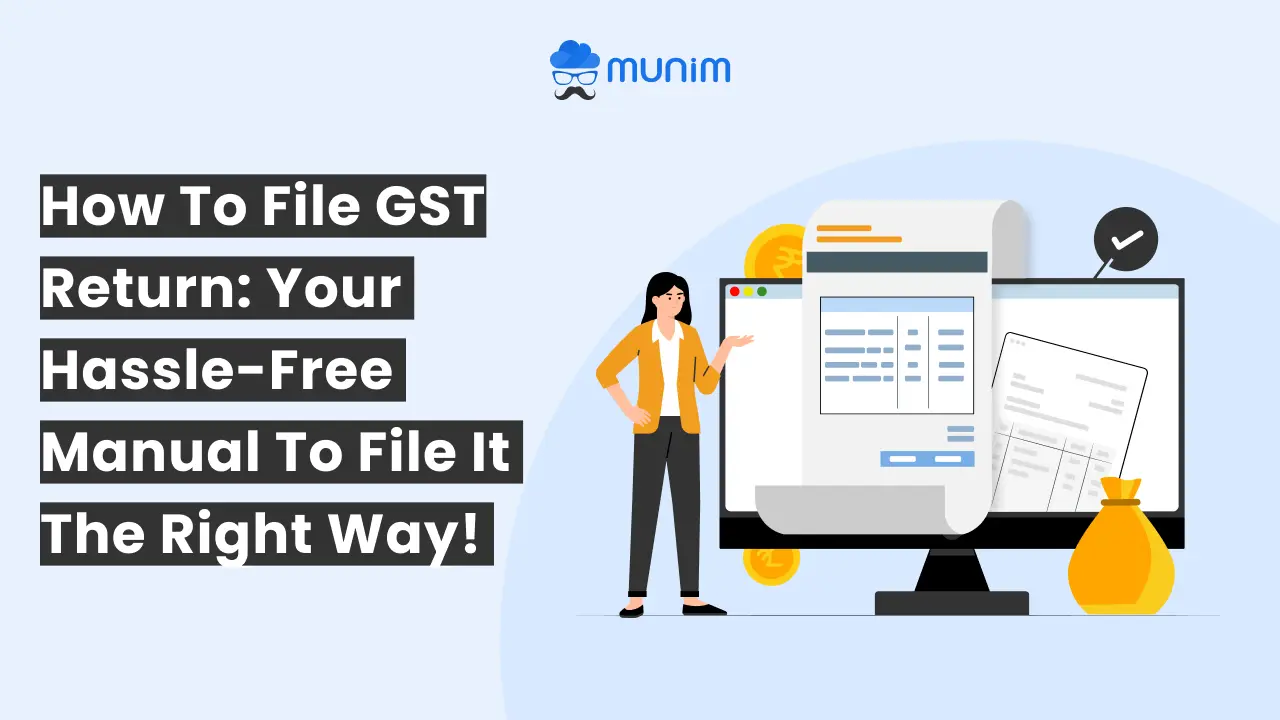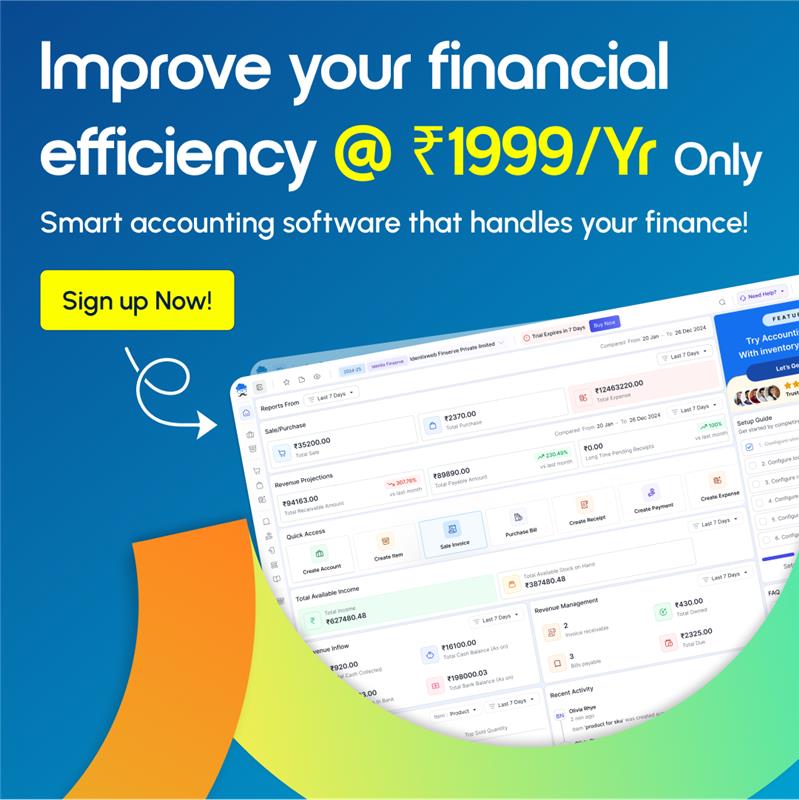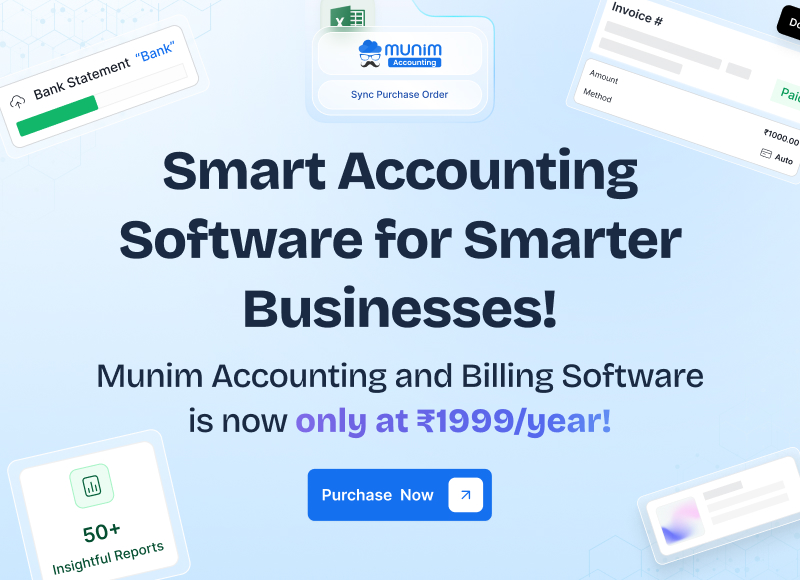How to Streamline Your Restaurant Accounting Process?
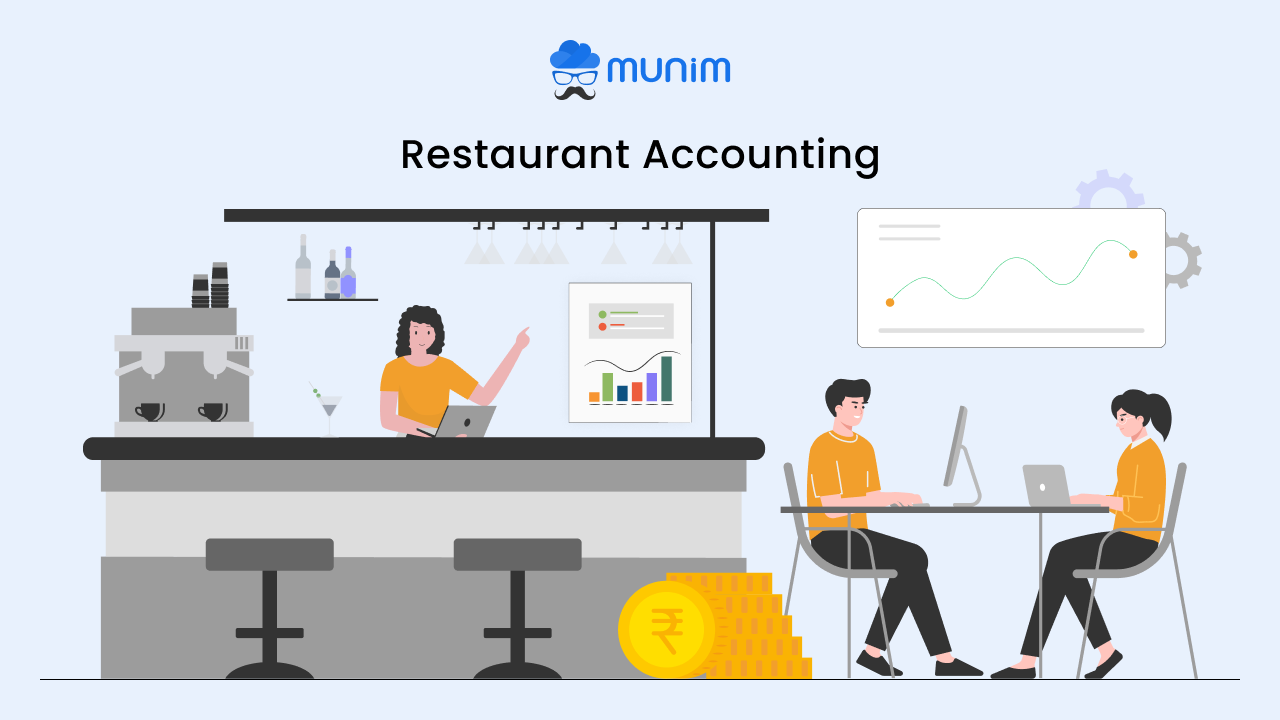
“Culinary Brilliance Presents Every Plate Like a Masterpiece!”
Owning a restaurant chain or managing a hotel is a difficult task. Though it looks easier, hotel management involves multiple intricacies.
“Sourcing ingredients, onboarding a chef, getting a supporting staff, preparing meals, buying some crockery, and serving customers” is a myth today. However, reality is way ahead of this myth. Restaurants are not only about preparing and serving meals; they also cater to customer handling, billing processes, managing sales, and more. Restaurant accounting must be handled carefully to ensure efficiency, performance, and customer satisfaction.
Let’s quickly look at the article to understand how to streamline your restaurant accounting process.
What is Restaurant Accounting?
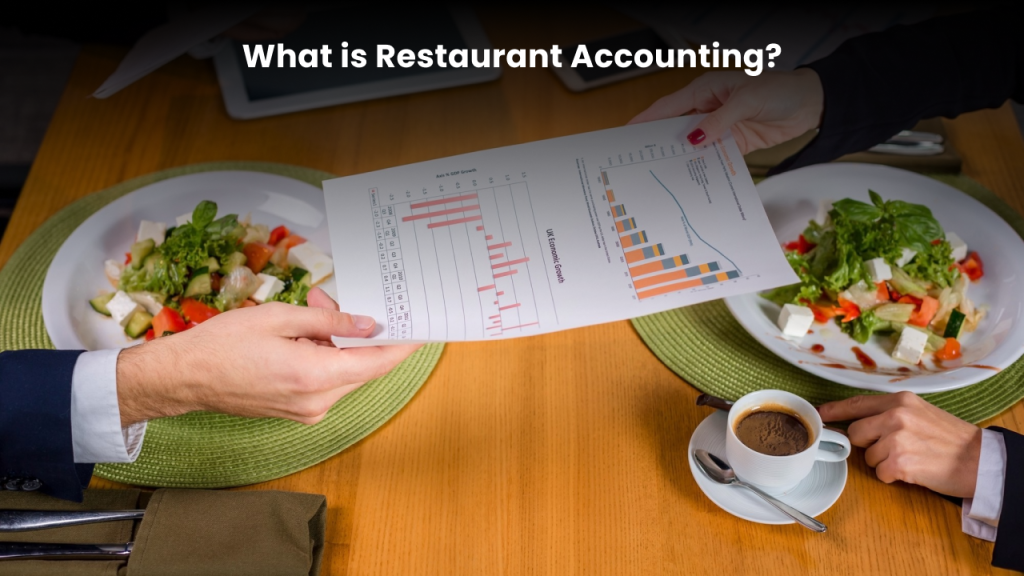
Restaurant accounting refers to the financial management and record-keeping of restaurants. It caters to revenue monitoring, cash flow, payroll management, etc. The primary objective of the restaurant accounting process is to improve efficiency and accuracy in financial transactions. It empowers restaurant owners to comply with the latest tax laws and make informed decisions.
How to Streamline Your Restaurant Accounting Process?
- Invoicing Automation
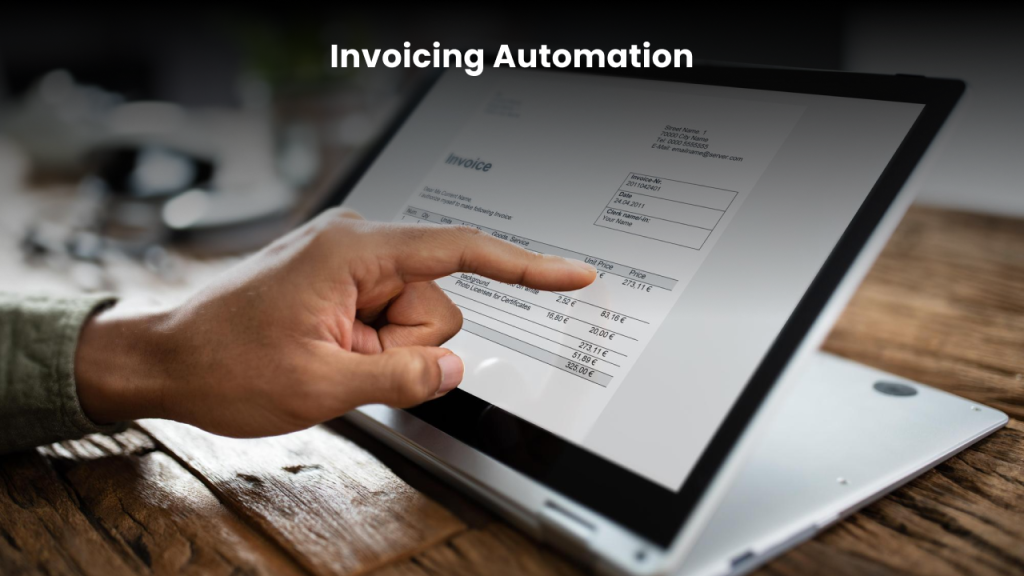
Invoices or billing receipts play a crucial role for every business, where customers get proof of the amount being paid. Initially, restaurants followed the traditional practice of writing invoices manually. Manual invoices are tedious to track and might cause your restaurant chain trouble. Manual data entry is prone to human errors, leading to bill recording mistakes. Also, these invoices are time-consuming and require extra staff effort. The traditional billing system is paper-based and might lead to clutter, making it challenging to organize and track. The one-stop solution to all the invoicing problems is accounting software.
Restaurants are adapting to a new way of managing their business. Hotels leverage these digitized solutions to streamline restaurant accounting and improve customer satisfaction. The accounting software automates invoice creation and sends it to the customer, saving time and effort. It also allows restaurants to customize invoices by adding logos, brand names, addresses, phone numbers, etc., to enrich the customer experience. Also, this digitized solution sends the bills to the customer’s mail ID or phone number, ensuring paperless invoices. Thus, the invoicing software can help you streamline billing, ensuring timely payments.
- Inventory Management
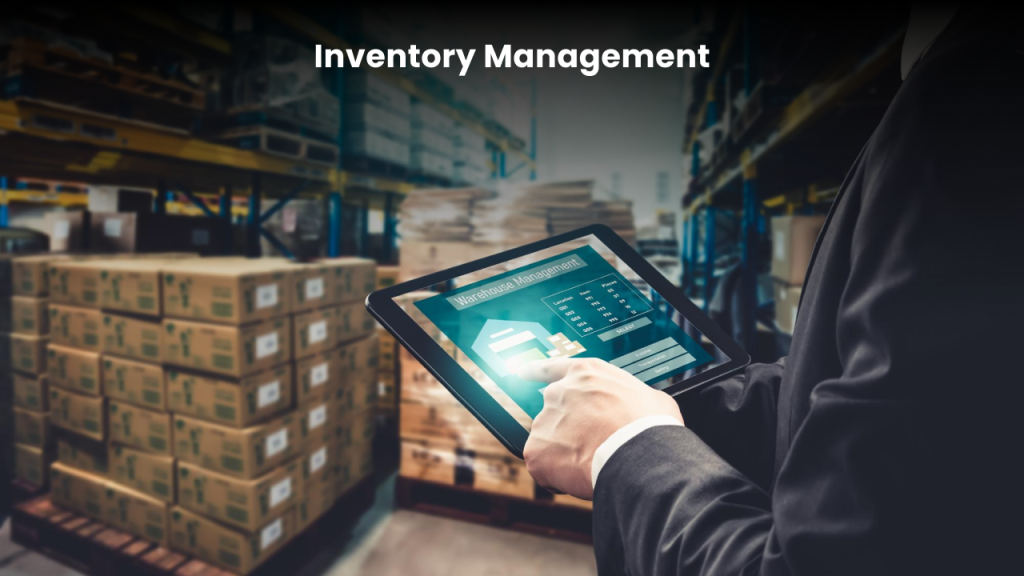
Managing inventories in a restaurant projects three main challenges for the chef or the hotel owner. They are:
- Managing waste ingredients
- Controlling expenses
- Sourcing food items and other ingredients
Streamlining inventory management is crucial for restaurants, and mismatch can cause huge losses. Initially, hotels managed their inventories manually, which led to errors and difficulties. Automated inventory management software avoids the mishandling of products or items. It also ensures accurate tracking of ingredients to reduce situations like stockouts or overstocks. Overstocks may cause food items to be rotten, and stockouts can lead to last-minute hustle. The accounting software is integrated with the inventory management system, that regularly updates stock details to avoid waste.
The ability of cloud accounting software to alert you about stick levels prevents you from running out of any ingredient crucial to preparing your cuisine. Also, it allows you to manage expenses through regular updates on ingredient costs.
- Financial Reports
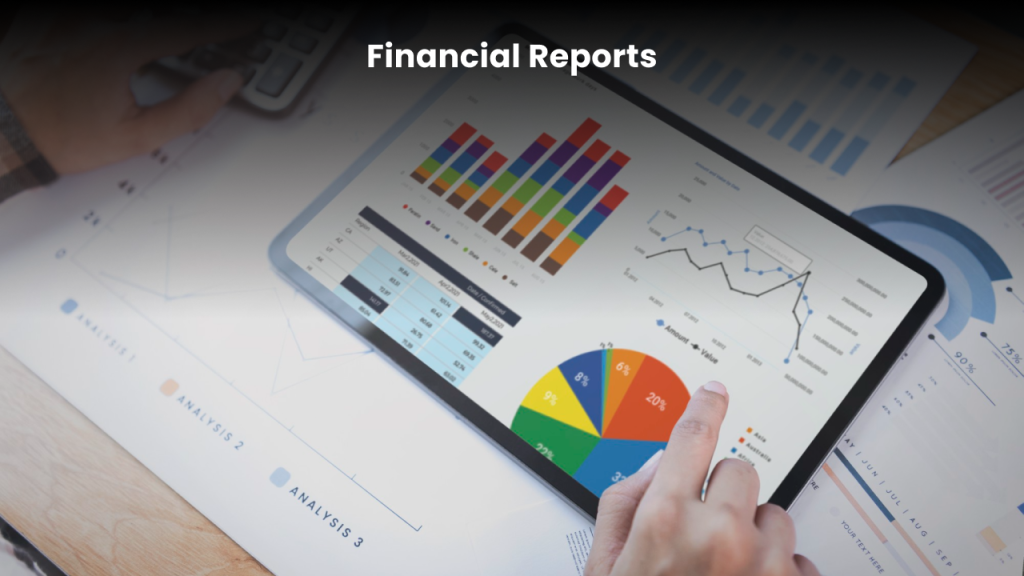
Creating and tracking financial reports regularly helps determine your restaurant’s economic performance. Accounting software automatically generates real-time profit/loss statements, balance sheets, and cash flow statements. The restaurant owners should regularly review these reports and analyze expenses to make informed decisions.
Also, the reports help to track key performance indicators (KPIs) like labour cost percent or food cost percent. These KPIs deliver insights into restaurants’ profitability and efficiency. The reports assist you in keeping track of the restaurant’s income and expenditure transactions, identifying loopholes, and enhancing cash flow management.
- Payroll Management
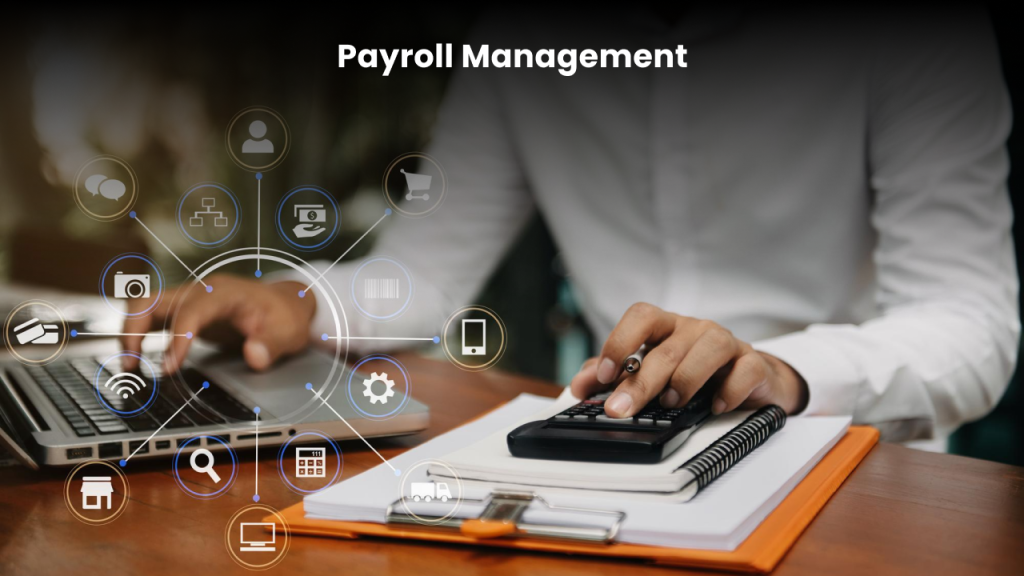
Restaurant business requires hiring professional workers like chefs, waiters, accountants, and more. Some workers are offered a fixed salary, while others are hired hourly. Also, employees doing overtime need to be tracked down to offer bonuses or extra payables. With these multiple factors, managing payrolls manually takes time. Also, it requires investments in staff to track attendance and calculate the number of hours worked to decide the payroll. Human intervention in payroll management can cause errors, proxy attendance, and incur losses to the hotel.
Digital accounting software automates payroll process management for restaurant employees. It allows seamless data transfer, avoiding errors due to manual entries. Without human intervention, it automatically calculates attendance, wages, salaries, and payables. Also, this software is compatible with digitized or biometric attendance tracking systems. This helps to keep an accurate track of employee working hours. Syncing this system will remove discrepancies and save manual efforts.
- Financial Security
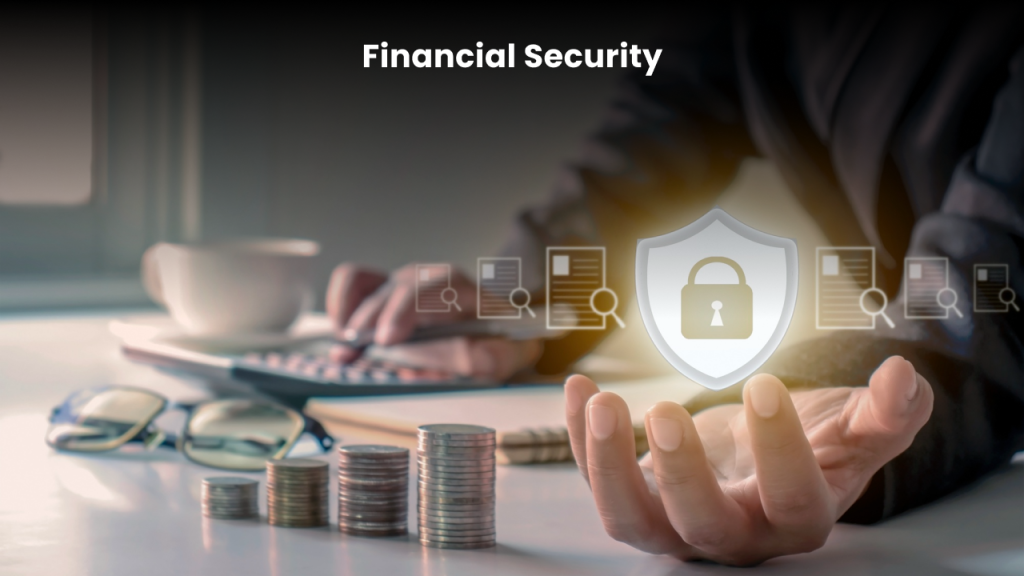
The hotel owners stored their financial reports or data in Excel sheets or registers. This data was prone to breach and loss. Anyone could easily access these files, and hackers could easily carry out fraudulent activities. It incurred heavy losses.
Protecting your fiscal data is crucial for maintaining financial security. Streamlining the restaurant accounting process assists in controlling the exposure of financial information to the unwanted crowd. This secures your financial details from fraud and errors.
Accounting software is the best solution to ensure financial security. It stores your automatically generated financial records and insights in an encrypted format. Also, most applications provide multi-factor authentication, SMS verification, email authorization, and more to secure access. Financial data backup and disaster recovery are the key features of cloud accounting software.
Let’s Wrap Up
Have you understood why it is essential to streamline your restaurant accounting and how you can do that? For further queries, feel free to connect with our experts.
If you are looking for a one-stop restaurant accounting solution, try Munim now.
FAQs
- What are the benefits of restaurant accounting?
- Enhance cash flow management
- Better waste management
- Streamlined inventory management
- Tax compliance
- Easy access to financial information
- What is a cash accounting method?
Cash accounting refers to a method that records revenue and expenses only with the actual transactions. In other words, the income is recorded only when the payment is received. Once the payment is done, the costs are reported.
- What is the average restaurant profit margin?
The average profit margin for a full-service restaurant is projected to fit between 3-5%. For quick-service restaurants, this percentage gets extended to 6-9%.


